Hello, all! Happy Sunday! We’ve just finished our second full week of school in my district – we started on a Monday again this year. It seems weird to say this, but so far, this year feels almost normal … I’m crossing my fingers so I don’t jinx us 🤣 We’re coming off a wonderful 3-day weekend … I feel badly saying, “much-needed 3-day weekend” at this point in the school year, but it was definitely needed! American Government (my content area) is definitely vocabulary-rich, so I’ve decided this year to make a conscious effort to focus intentionally on vocabulary instruction. Check out these three engaging ideas for vocabulary instruction that do NOT include creating flashcards!
Let me start off by saying that I LOVE FLASHCARDS for vocabulary review. They’re easy to make and use, and are so versatile. However, after primarily relying on flashcards (Quizlet or Flippity) for vocabulary instruction over the last few years, I’ve been brainstorming new ideas to use with my students. We still use Quizlet and Flippity frequently for content review, and I encourage my students to create flashcards to help them study and review for their assessments 😀
Collaborative Google Slides Vocabulary
We tried this activity last week for our Unit 1 Vocabulary and it was A HIT! I mean, juniors and seniors DID NOT COMPLAIN ABOUT THIS ACTIVITY! 😱 Collaborative Slides Vocabulary is SO easy to create and use. Simply create a new Google Slides presentation (go to slides.new to save yourself a step or two!) and add a slide with instructions for your students. Then, share the presentation WITH EDITING RIGHTS (weird, right?) to your students through Classroom, email, or shortened URL. That’s it! The biggest hurdle for teachers and students to overcome with this activity is that everyone has editing rights to the file. This wasn’t a problem for my students … especially since I reminded them that I can quickly access revision history to see who messed with or intentionally deleted slides … not that they would do that 😉 That’s it! Check out my instruction slide and the example I shared with my students below:
Acronym Vocabulary
This is another new favorite in our classroom! Simply choose important, enduring terms from your vocabulary list. Then, create a Google Slides teplate, or make a copy of this template, and add your terms. Choose how to assign this activity to your students:
⭐️ Individual assignment –> complete all terms –> make a copy for each student in Google Classroom
⭐️ Collaborative assignment –> assign terms to student groups –> grant all students editing rights in Google Classroom
⭐️ Extension assignment –> allow students to choose which terms to identify for bonus –> assign to students who are looking for extension opportunities in Google Classroom (or share it via the Extension Classroom Section– more on this soon!)
⭐️Self-Evaluation –> tell students to choose two of the terms they feel they need the most help understanding –> make a copy for each student in Google Classroom
3 v 3
We’ll be doing this activity toward the end of our first unit – I told you, we’re going hard on vocabulary this year, friends! This activity isn’t going to be quite as intensive as the other two options, but it’ll also help the terms “stick” for our students. Here’s how it works:
1️⃣ Choose the format and create the template you’ll use (Google Classroom, Docs, Slides, Canva … whatever floats your boat)
2️⃣ Choose how your students will interact with the activity (individual, small groups, whole class)
3️⃣ Include these super simple instructions on your assignment: “using this link, locate three synonyms and three antonyms for each vocabulary term.”
4️⃣ Assign the activity to your students. That’s it! If you’d like to use a ready-to-go template, click here for a copy!
There ya have it! Three engaging activities for vocabulary instruction that ARE NOT flashcards. Be sure to share how these ideas work for your students!
Thanks for reading 🙂
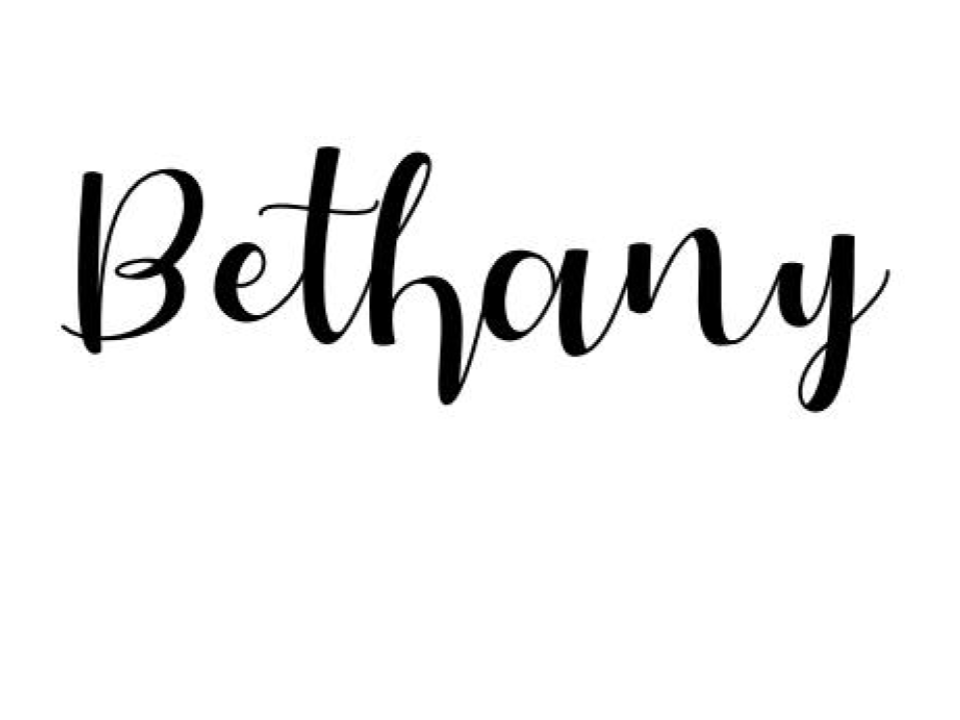
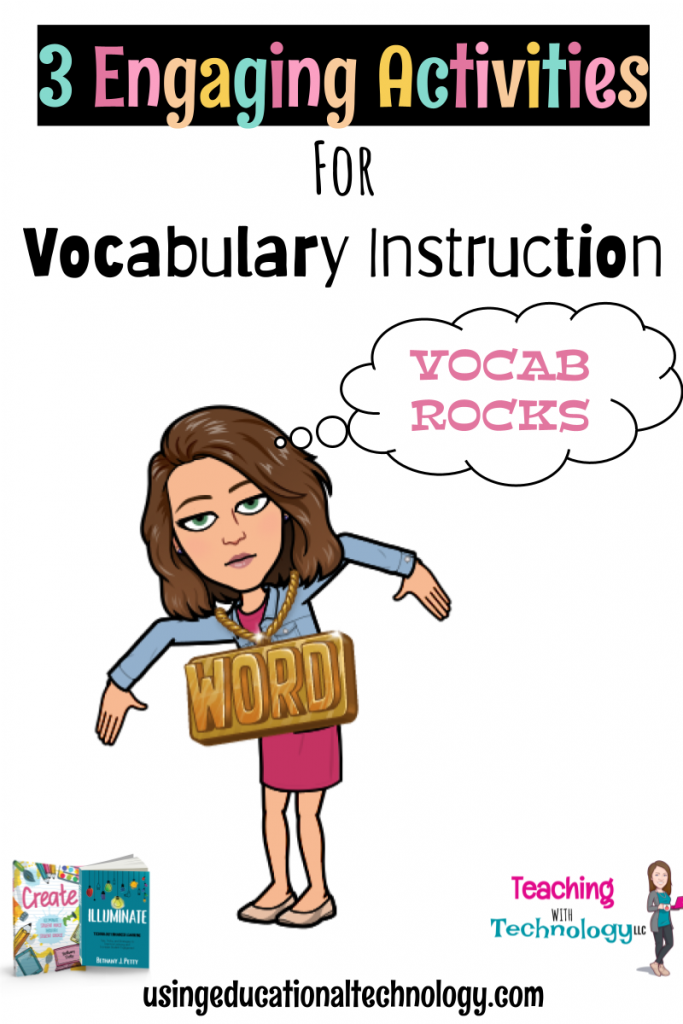
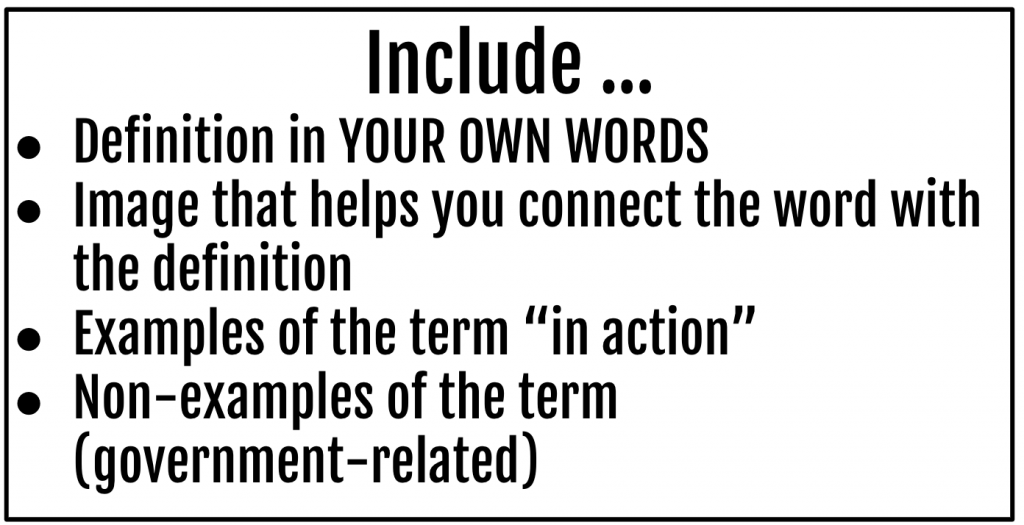
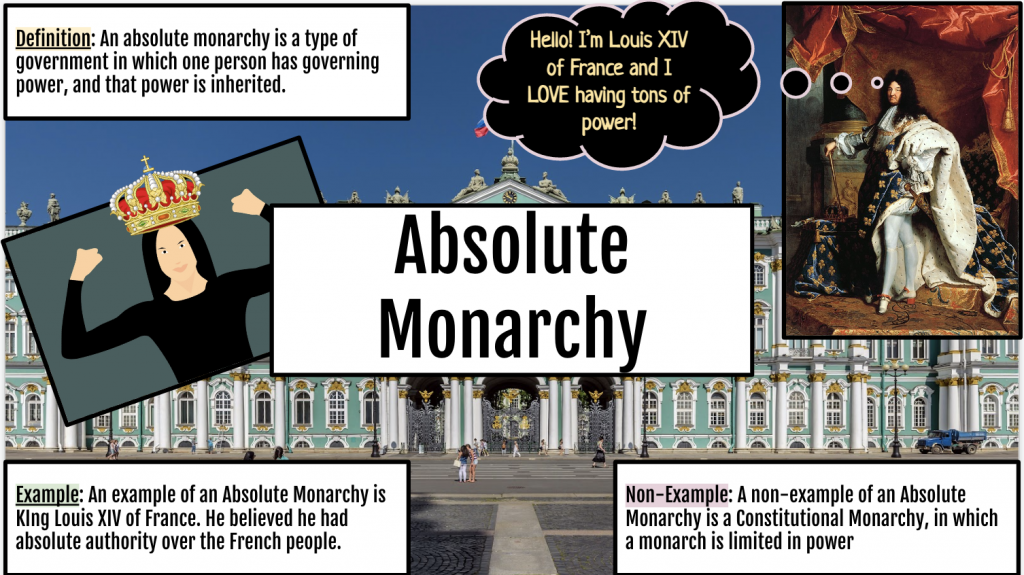
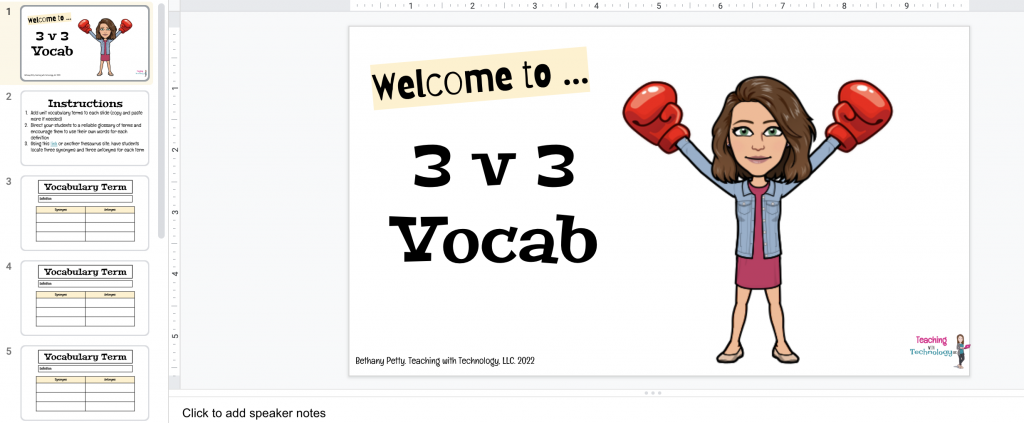
I absolutely love the idea of the “Collaborative Slides Vocabulary”! I struggle with ways to teach vocabulary (high volumes when teaching anatomy and medical terminology) that is engaging and fun. I think these activities may be the ticket. Thank you for sharing your ideas!